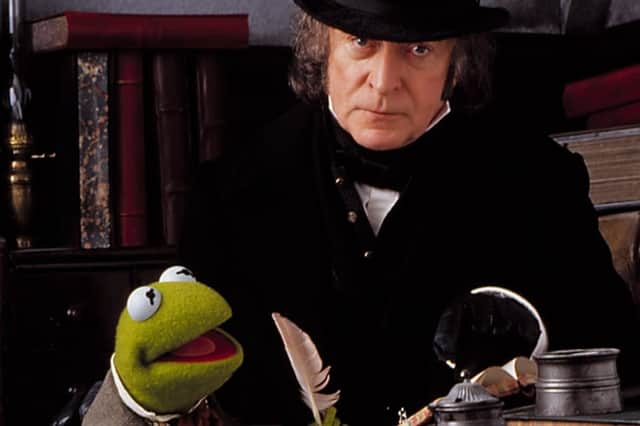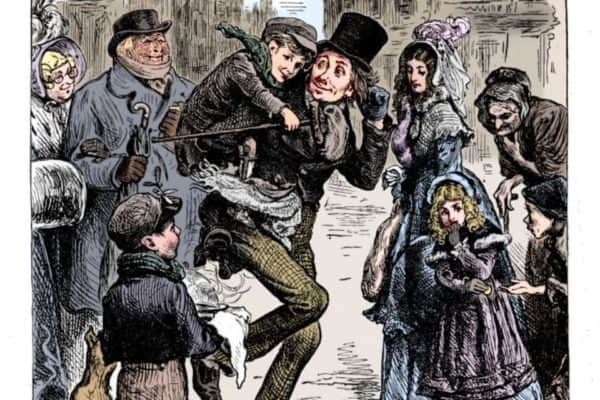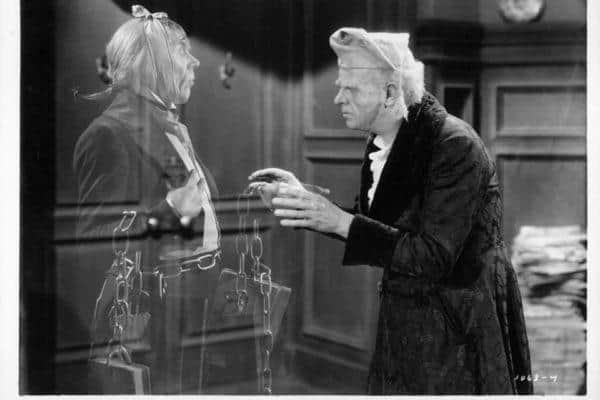Here's what 'Bah! Humbug' really means - and where the saying came from


It's one of the festive season’s most beloved tales, with near yearly screen adaptations (though The Muppets’ version arguably remains the best).
A Christmas Carol wrote the book on how Christmas should be celebrated – almost literally – and over 170 years on from its publication, remains a quintessential Christmas tale.
Advertisement
Hide AdAdvertisement
Hide AdBut just what exactly is it about, who wrote it, and what does ‘Bah! Humbug’ really mean?
Here is everything you need to know.
Who wrote A Christmas Carol?
A Christmas Carol was written by Charles Dickens, an English writer and social critic who is regarded by many as the greatest novelist of the Victorian era.
Dickens created some of the world's best-known fictional characters, and his books were hugely popular during his lifetime, not just following his death in 1870.
Before A Christmas Carol’s publication, Christmas was associated with the countryside, getting away from the encroaching urban sprawls of a post-industrial revolution Britain.
Advertisement
Hide AdAdvertisement
Hide AdBut the story showed that Christmas could be celebrated in towns and cities, and many modern traditions stem from the mid-Victorian revival of the holiday, spurred on in part by A Christmas Carol.
Dickens’ humanitarian focus influenced many aspects of Christmas that are still celebrated today, like family gatherings and seasonal food and drink.
What is A Christmas Carol about and how many ghosts are there?
A Christmas Carol tells the story of Ebenezer Scrooge, an elderly and misanthropic man who detests everything to do with Christmas, feeling the season to be dishonest and fraudulent.
On Christmas Eve, he is visited by the ghost of former business partner Jacob Marley, and the three Spirits of Christmas Past, Present and Yet to Come.
Advertisement
Hide AdAdvertisement
Hide AdThe three ghosts of Christmas give Scrooge new perspectives on the holiday, in an effort to change his tune.
The Ghost of Christmas Past takes Scrooge to Christmas scenes of his past. It’s a time when Scrooge is more innocent, though enduring a lonely life at boarding school.
Scrooge sees former flame Belle ending their relationship and declaring that he will never love her as much as he loves money, before it’s revealed that Belle is now married, with a happy family enjoying their own Christmas Eve.
The Ghost of Christmas Present shows Scrooge people happily preparing their Christmas festivities, and it’s in this section of the story that readers are introduced to Tiny Tim.


Advertisement
Hide AdAdvertisement
Hide AdTiny Tim is a happy boy, though one who is seriously ill, and Scrooge is informed that Tim will likely die in the near future.
Finally, Scrooge is shown the future by the Ghost of Christmas Yet to Come, and scenes of his own funeral, attended only by local businessmen on account of a free lunch being provided.
Scrooge begins to realise that his grumpy exterior and uncharitable ways have alienated him from his community, who see him as a curmudgeon to be feared; he vows to change his ways after being shown an unkempt grave bearing his name.
The Ghosts’ three visits transform Scrooge into a kinder man, who begins to value the spirit of the season.
What does ‘Bah! Humbug’ mean?


Advertisement
Hide AdAdvertisement
Hide AdAccording to the Collins Dictionary, you could call somebody a ‘humbug’ when “you think they are being dishonest, insincere, or pretending to be someone who they are not.”
Merriam-Webster similarly defines the word as “a wilfully false, deceptive, or insincere person.”
The term actually predates Dickens’ novel by almost 100 years, and was first described around 1750 as “student slang”.
In 1840 – a few years before the publication of A Christmas Carol – it was recorded as a “nautical phrase” by American lawyer and politician Richard Henry Dana Jr.
Advertisement
Hide AdAdvertisement
Hide AdWriting in his famed memoir Two Years Before the Mast, Dana Jr said: “When there is danger or necessity, or when he is well used, no one can work faster than he; but the instant he feels that he is kept at work for nothing, or, as the nautical phrase is, 'humbugged,' no sloth could make less headway.”
Of course, since then the word has become synonymous with Dickens’ work, and Ebenezer Scrooge’s famous declaring of Christmas and the cheer that surrounds the festive period being fraudulent.
The phrase was frequently used in the original novella, and has since been seen frequently in adaptations on stage and on screen.
Another proposed origin of the word suggests that during continental war in the 1700s, many false reports and lying bulletins were fabricated in Hamburg, Germany.
Advertisement
Hide AdAdvertisement
Hide AdIn Britain, the phrase “this is Hamburg” became shortened to “Humbugs”, which quickly became a statement of disbelief.
Though this origin story is fun, it is contested by etymologists, so it may not be the true root of the word.
A version of this article originally appeared on our sister title, the Yorkshire Evening Post